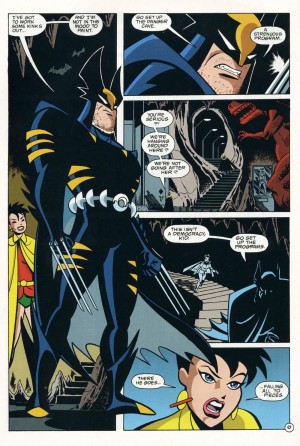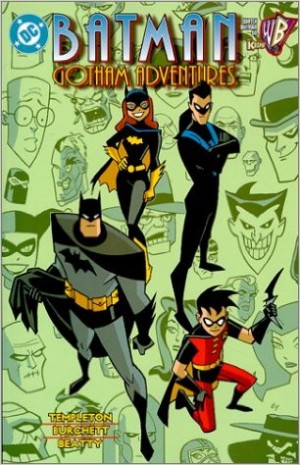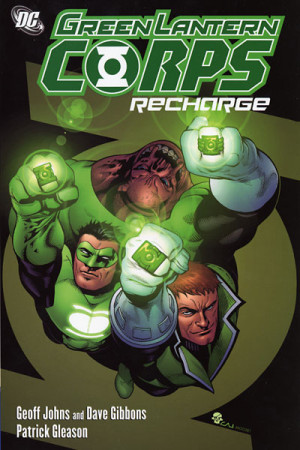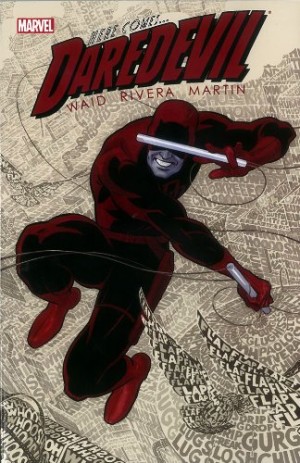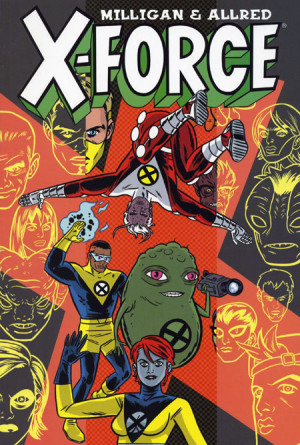Review by Ian Keogh
1996’s re-imagined versions of DC and Marvel superheroes merged into new characters was intended as a one-off, but generated enough excitement and sales to ensure a repeat the following year, again collected into two graphic novels. This mixture is of previously seen characters earning a return, such as Dark Claw and Super Soldier, and new creations.
What’s immediately apparent is that the quality of art has been immensely raised from the previous Amalgam graphic novels. Some artists may not be to all tastes, but they can all draw and they can all tell a story. And that’s the bare minimum, as most rise well above that standard. Only the pages by Oscar Jimenez now look poor, and that’s due to adopting the style of the era, which hasn’t aged well. He’s on JLX Unleashed, which follows the tale from the previous book, and is the nearest in tone to that work, with Christopher Priest’s script half-baked melodrama. Neither creator appears particularly enthused by the assignment.
Also returning is Super Soldier, the combination of Captain America and Superman with Dave Gibbons now co-plotting as well as illustrating (superbly). He and collaborator Mark Waid set their story in World War II, cleverly presenting the lead-in to their previous bout of patriotism, and improvisationally created in the style of 1960s Marvel material. There’s no great depth, but it’s fun and both creators are enjoying themselves, which isn’t a claim that can be made throughout.
The other returnee is the Dark Claw, the Wolverine and Batman hybrid, but this time supplied in the form of the animated Batman comic by Ty Templeton and Rick Burchett (sample art). It’s very well carried out, transforming disturbingly violent characters into an animated noir scenario, but with tongue wedged in cheek. Also comically imaginative is the combination of Lobo with Howard the Duck courtesy of Lobo’s regular creative team Alan Grant and Val Semeiks. It’s more Lobo than the surreality of Howard, but daft and entertaining.
Similarly mismatched in theory are the teenage mutants of Generation X recast in the old west as Generation Hex. It may seem to be stretching a joke too far, but it’s written by the master of surreal whimsy Peter Milligan. Jono Hex is the British mutant Chamber who expels a fearsome energy from his mouth. That’s left him with a severely deformed, almost missing jaw, and he leads what are hybrids of Generation X and DC Western characters. Milligan plays it strictly as farce, and while there’s some nice art from Adam Pollina, the lack of any underlying affection or sentimentality renders it a sterile exercise.
That leaves Bat-Thing, who’s a merger of two tragic characters. The design owes more to DC’s Man-Bat, but with the facial features and acidic burn of Marvel’s Man-Thing. Rodolfo Damaggio’s art has more than a touch of Neal Adams’ graphic design about it, which is always welcome, and he creates a suitably grimy Gotham for Larry Hama’s detective strip. Again, not a masterpiece, but solid enough and better than pretty well all the previous year’s outing.
This collection raises the bar for Amalgam comics. Will the Marvel companion volume match it?

